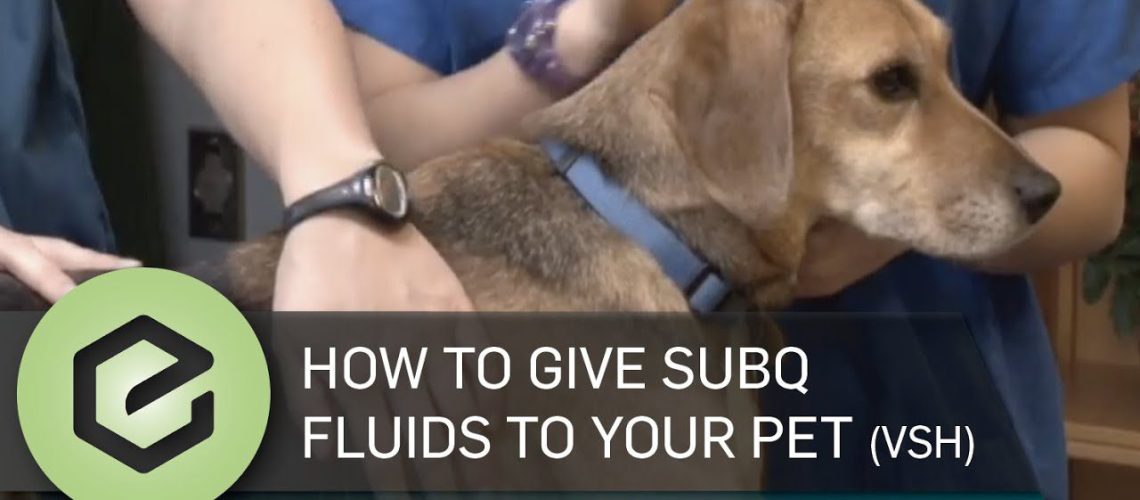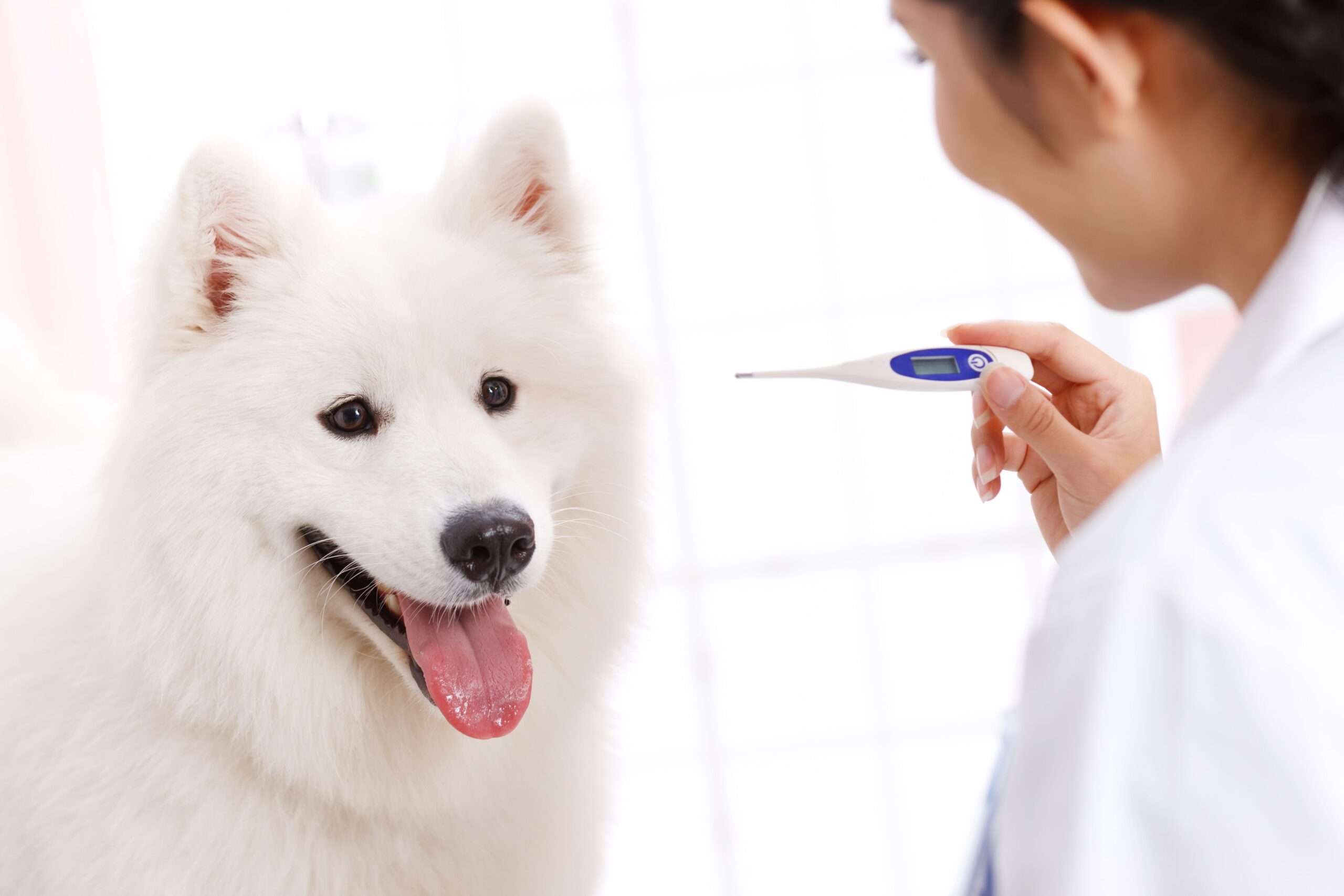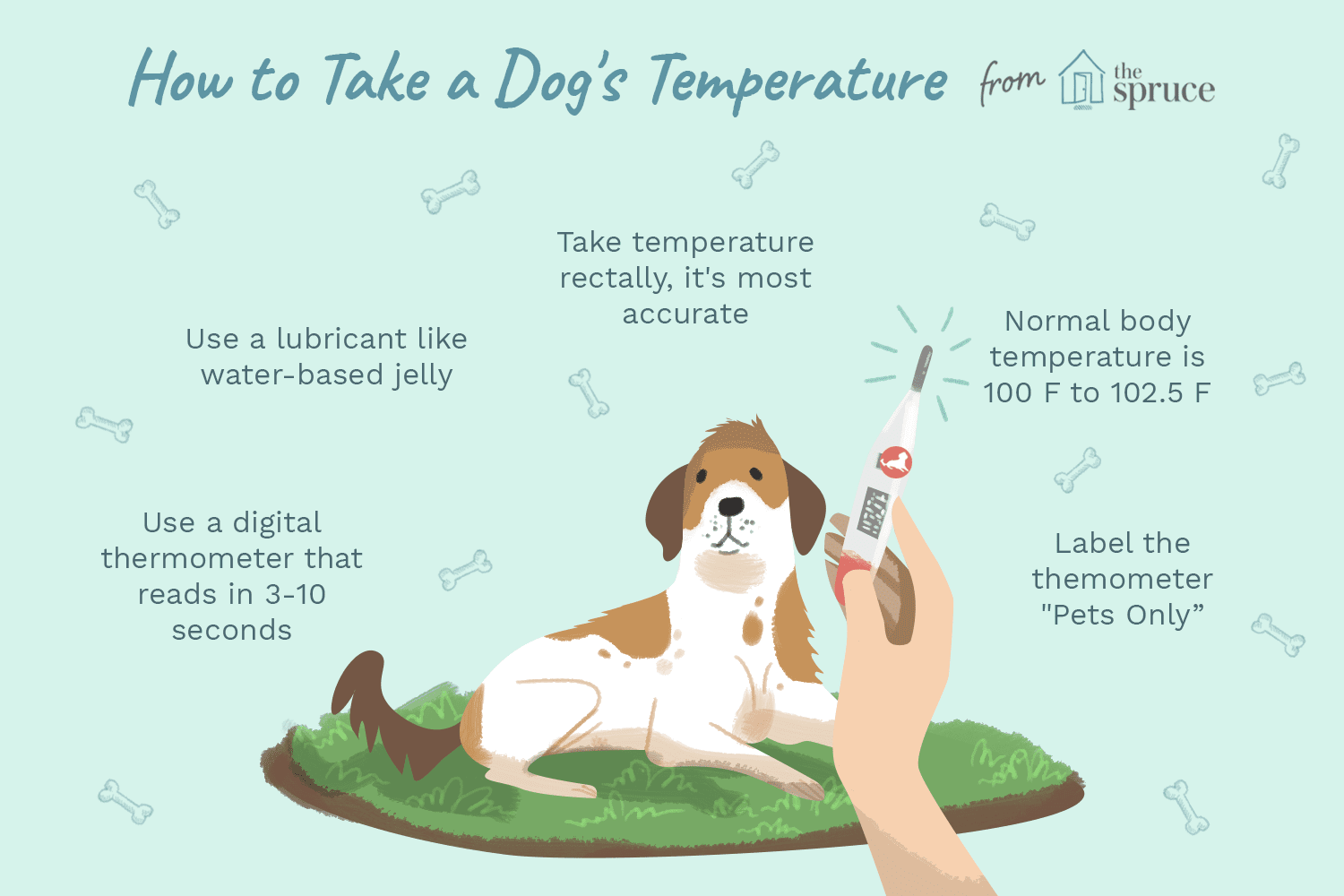This guide provides simple and effective methods for safely administering fluids to your puppy in the comfort of your own home.
Key Takeaways:
- It is important to consult with a veterinarian before giving fluids to your puppy at home to ensure proper dosage and technique.
- Use a sterile fluid solution specifically designed for animals, such as lactated Ringer's solution, when administering fluids to your puppy.
- Always warm the fluids to room temperature before giving them to your puppy to prevent discomfort or shock.
- When giving fluids, use a syringe or drip set recommended by your veterinarian and follow their instructions carefully for safe and effective administration.
- Monitor your puppy closely during fluid administration for any signs of distress or complications, and contact your veterinarian immediately if any concerns arise.
Why is it important to give fluids to a puppy at home?
When a puppy is sick or dehydrated, it is crucial to provide them with fluids at home to help them recover. Fluids are essential for maintaining the puppy's hydration levels and ensuring their overall well-being. Without enough fluids, puppies can become weak, lethargic, and may experience serious health complications.
By giving fluids to a puppy at home, you can help prevent dehydration and support their immune system. Fluids also aid in flushing out toxins from the body and keeping vital organs functioning properly. Additionally, providing fluids can help alleviate symptoms such as dry mouth, sunken eyes, and reduced urination that are often associated with dehydration.
Benefits of giving fluids to a puppy at home:
- Promotes hydration
- Aids in recovery from illness
- Supports the immune system
- Flushes out toxins
- Prevents dehydration-related complications
The consequences of not providing enough fluids:
If a puppy does not receive adequate fluids when needed, they may experience severe dehydration. This can lead to organ failure, electrolyte imbalances, and even death in extreme cases. It is crucial to recognize the signs of dehydration in puppies and take immediate action by providing them with appropriate fluids.
Signs that show a puppy may need extra fluids
Puppies cannot communicate their needs verbally, so it's important for caregivers to be observant and look for signs that indicate a puppy may require additional fluids. Some common signs include:
- Lethargy: If your puppy appears excessively tired or lacks energy, it could be a sign of dehydration.
- Dry mouth and gums: Check your puppy's mouth and gums. If they are dry or sticky, it may indicate dehydration.
- Reduced urination: Pay attention to your puppy's bathroom habits. If they are urinating less frequently or producing concentrated urine, it could be a sign of dehydration.
- Sunken eyes: Dehydration can cause the eyes to appear sunken or dull.
- Panting excessively: Puppies may pant more than usual when they are dehydrated.
When to seek veterinary assistance:
If you notice any of these signs in your puppy, it is essential to provide fluids at home and monitor their condition closely. However, if the symptoms persist or worsen despite your efforts, it is crucial to seek veterinary assistance immediately. A veterinarian can assess the puppy's condition and provide appropriate medical treatment if necessary.
How to prepare supplies for giving fluids to a puppy
Before giving fluids to a puppy, it is important to gather all the necessary supplies. Here is a step-by-step guide on how to prepare the supplies:
Gather the following items:
- A bag of sterile saline solution or prescribed fluids from the veterinarian
- A syringe or needleless catheter tip attached to a fluid administration set
- A clean towel or blanket
- Gloves and hand sanitizer for hygiene purposes
- Treats or rewards for positive reinforcement
Prepare the area:
Find a quiet and comfortable space where you can administer the fluids to your puppy. Lay down a clean towel or blanket to provide a soft surface.
Clean and sterilize the equipment:
Prior to use, ensure that all equipment is clean and sterilized. Follow the instructions provided by your veterinarian or refer to the manufacturer's guidelines for proper cleaning procedures.
The correct way to hold a puppy when giving fluids
Proper positioning and handling of your puppy during fluid administration is crucial for their comfort and safety. Here are some steps on how to hold a puppy correctly:
Create a secure grip:
Place one hand under your puppy's chest, supporting their weight, while using your other hand to gently hold their head in place.
Elevate their front legs:
Raise your puppy's front legs slightly off the ground by placing them on an elevated surface such as a table or counter. This helps prevent them from squirming or moving too much during the procedure.
Keep them calm and reassured:
Talk to your puppy in a soothing voice and provide gentle strokes to keep them calm and reassured throughout the process. Offering treats or rewards can also help create a positive association with fluid administration.
Safe and appropriate fluids for puppies
When it comes to giving fluids to puppies, it is essential to use safe and appropriate fluids that meet their specific needs. Here are some examples of fluids commonly used for puppies:
Sterile saline solution:
Sterile saline solution is often used as a safe and isotonic fluid option for rehydration in puppies. It helps restore electrolyte balance and provides hydration without causing harm.
Prescribed fluids from the veterinarian:
In certain cases, your veterinarian may prescribe specific fluids tailored to your puppy's condition. These prescribed fluids are formulated to address any underlying health issues or dehydration concerns.
Avoid using homemade or over-the-counter solutions:
It is important to avoid using homemade or over-the-counter solutions without proper veterinary guidance. These solutions may not be suitable for puppies and could potentially cause harm or worsen their condition.
A step-by-step guide on giving fluids to a puppy at home
If your veterinarian has recommended administering fluids at home, here is a step-by-step guide on how to do it safely:
Step 1: Prepare the supplies:
Gather all the necessary supplies mentioned earlier, including sterile saline solution or prescribed fluids, syringe or needleless catheter tip, clean towel or blanket, gloves, hand sanitizer, and treats.
Step 2: Create a calm environment:
Select a quiet area where you can comfortably administer the fluids to your puppy. Ensure there are no distractions or loud noises that may cause stress.
Step 3: Position your puppy:
Follow the correct way to hold a puppy as mentioned earlier, ensuring a secure grip and elevating their front legs on a stable surface.
Step 4: Prepare the fluid administration set:
If using a syringe, attach the needleless catheter tip. If using a fluid administration set, follow the manufacturer's instructions for proper assembly.
Step 5: Draw up the appropriate amount of fluid:
Measure and draw up the prescribed amount of fluid into the syringe or administration set, ensuring accuracy and precision.
Step 6: Administer the fluids:
Gently insert the needleless catheter tip into your puppy's mouth, aiming towards the back of their throat. Slowly depress the plunger or adjust the flow rate according to your veterinarian's instructions.
Step 7: Monitor your puppy:
Observe your puppy closely during and after fluid administration for any signs of discomfort or adverse reactions. If you notice anything concerning, contact your veterinarian immediately.
Potential risks and complications of giving fluids to puppies at home
While giving fluids to puppies at home can be beneficial in certain situations, it is important to be aware of potential risks and complications that may arise. Here are some examples:
Infection:
If proper hygiene practices are not followed during preparation or administration of fluids, there is a risk of introducing bacteria or causing infection in puppies.
Injury or discomfort:
If not held correctly or if excessive force is applied, puppies may experience injury or discomfort during the procedure. It is crucial to handle them gently and ensure their safety.
Aspiration pneumonia:
If fluids are accidentally inhaled into the lungs instead of being swallowed, it can lead to aspiration pneumonia, a potentially serious condition. Care must be taken to administer fluids slowly and monitor for any signs of respiratory distress.
Consult your veterinarian:
Prior to administering fluids at home, it is recommended to consult with your veterinarian. They can provide guidance specific to your puppy's condition and help minimize potential risks.
Frequency of giving fluids to sick or dehydrated puppies
The frequency of giving fluids to sick or dehydrated puppies depends on their individual needs and the severity of their condition. It is important to follow your veterinarian's instructions regarding fluid administration. However, here are some general guidelines:
Mild dehydration:
If a puppy is mildly dehydrated, they may require fluid administration every 2-4 hours initially until hydration levels improve. Your veterinarian will guide you on adjusting the frequency as needed.
Moderate dehydration:
In cases of moderate dehydration, fluid administration may be required every 1-2 hours initially until hydration levels improve. Again, consult with your veterinarian for specific instructions.
Severe dehydration:
If a puppy is severely dehydrated, they may need continuous or more frequent fluid administration under veterinary supervision until stable hydration is achieved.
Regular monitoring and veterinary guidance:
It is crucial to closely monitor your puppy's hydration status and consult with your veterinarian throughout the process. They will assess their progress and make necessary adjustments in the frequency of fluid administration.
Tips for making the process of giving fluids easier and less stressful for puppies and caregivers
Administering fluids to puppies can be a challenging task, but there are several tips that can help make the process easier and less stressful for both puppies and caregivers:
Create a calm environment:
Select a quiet, well-lit area where you can comfortably administer the fluids. Minimize distractions and loud noises that may cause stress or anxiety.
Use positive reinforcement:
Reward your puppy with treats or praise before, during, and after fluid administration to create a positive association. This helps reduce their anxiety and makes the experience more pleasant.
Take breaks if needed:
If your puppy becomes too stressed or agitated during the procedure, it is okay to take short breaks. Allow them time to relax before continuing with fluid administration.
Seek assistance if necessary:
If you find it difficult to hold your puppy securely or administer fluids alone, consider asking someone for help. An extra pair of hands can make the process smoother and safer.
Consult with your veterinarian:
If you have any concerns or difficulties in administering fluids to your puppy, do not hesitate to reach out to your veterinarian. They can provide additional guidance and support tailored to your specific situation.
| Conclusion | |
|---|---|
| Key Takeaways: | - Giving fluids to your puppy at home can be a challenging task, but it is important for their health and well-being. |
| Tips to Remember: | - Consult with your veterinarian before attempting to give fluids at home. - Use the appropriate type of fluid recommended by your vet. - Follow proper sterilization techniques for equipment used in administering fluids. - Be patient and gentle with your puppy throughout the process. - Seek veterinary assistance if you encounter any difficulties or concerns. |
Remember, providing fluids to your puppy at home requires careful attention and guidance from a professional. Always consult with
How do you give a dog fluids without an IV?The individual administering the fluids will remove the cap from the needle and squeeze a section of the pet's skin on their back. The opening of the needle should be facing upwards. Insert the needle into the middle of the folded skin and release the clamp after the needle is inside the skin. How can I treat my dogs dehydration at home?The outlook for treating dehydration is positive if it is addressed promptly. If you observe any signs of dehydration in your dog, gradually provide them with water containing electrolytes to drink. If they are unable to retain any water, you can offer them some ice to lick. If they completely stop drinking, it is important to contact your veterinarian immediately. Can dogs drink Pedialyte?Dr. Mandese explains that while giving dogs small amounts of Pedialyte is unlikely to be harmful, the drink's electrolytes are designed for humans, not animals. In larger quantities, the elevated levels of additives like sodium and glucose could be risky, particularly for smaller animals. Can I syringe water to my dog?If you need to syringe-feed your dog, you can also give him water using the same method. It is recommended to give your dog 5 to 10 milliliters of water per pound of body weight. However, do not exceed 100 milliliters at one time, regardless of their weight. How can I hydrate my puppy fast?Make sure to encourage your dog to drink plenty of fluids if it is mildly dehydrated. You can offer water or an electrolyte drink. It's important to consult with your vet to determine the appropriate amount of fluid your dog needs. For small pets, providing ⅛ cup of fluid per hour is sufficient for rehydration, while larger dogs may require ¼ cup of fluid per hour. How do you rehydrate a puppy?If your dog is slightly dehydrated, give them small amounts of water to drink every few minutes or offer them ice cubes to lick. You can also restore their electrolyte balance by providing them with Ringer's lactate, which is a fluid that replaces electrolytes.
More Reads
Dr. Clara Bennett
Hello, fellow pet enthusiasts! I'm Dr. Clara Bennett, your go-to expert on all things pets. With a background in veterinary medicine and a passion for nutrition, I've spent years diving deep into the world of cats, dogs, birds, horses, and the products that keep them thriving. From the English countryside, I've witnessed the magic of animals and am here to share my knowledge, ensuring your pets receive the best care. Together, let's master the art of pet care!
All Posts »
Next Steps In Mastering Cat CareNext Steps In Mastering Dog CareJoin Our NewsletterSubscribe to receive our latest updates in your inbox! | |
















